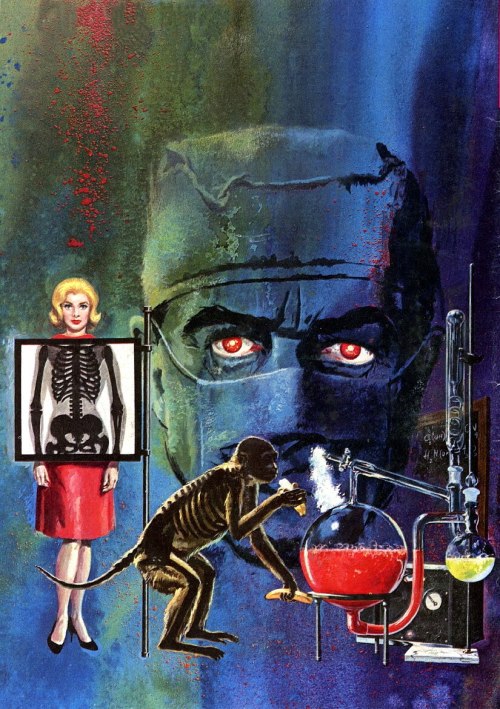 |
| The hand of Mrs. Wilhelm Roentgen: the first X-ray image, 1895 In Otto Glasser, Wilhelm Conrad Röntgen and the early history of the Roentgen rays. London, 1933. National Library of Medicine. |
The announcement (...) was hailed as one of mankind’s greatest technological accomplishments, an invention that would revolutionize every aspect of human existence.
There is something undeniably poignant in the image of the old cameras, almost esoteric, as if the devices and processes that were used to capture our transience possess some ability to reconstruct, re-project the secrets, the mysteries of our lives.
When Thomas Mann was writing his Magic Mountain, starting in 1912 the science of imaging with ionized radiation against barium platinocyanide coated plate has not been common yet well known and making incredibly strong impression on self-reflective minds of the day.
My personal copy of a pre-war edition of das buch: American edition but with distinctly Germanic "gothic"-flavoured spine. Wonderbuch.
Clavia's love story comes up almost marginally but with massive effect the depiction of the X-raying session and the story becomes memorable.
It confirms the steady built vision of a sanatorium as a no longer "real" place, a neither land, a place where one transcends the boundaries of life and death. Into the realm life beyond life where time does not exist in the same form as anywhere else. Thoughts arise in the air thinner of oxygen. Bodies become inert among other than earthly matters.
Illness is not an affliction, but almost a merit. Or perhaps a salvus conductus that exludes one to this state of being.
The keywords given to Der Zauberberg (The Magic Mountain) in the "review from the medical perspective") by the NY University Literature, Arts & Medicine Database are full of cool thrill:
By the way, I had no idea what acculturation meant (until today - see the date of this post to mark my word). But it has changed. I now am a proud owner of at least approximate understanding what this really coolly written word (you wish it were occultatation - huh?)
This term was coined or just disseminated in the sixties and it means roughly: adoption and assimilation of cultural norms and behavioral patterns of the majority group.
Look, it is not the same as just assimilation ok?
So I don't know - sick Mr. Castorp commits; no. undergoes acculturation; no, experiences.... Hmmm, Thomas Mann had no idea what he did to this poor sick bloke.

50watts:
George Wilson, painting for cover of Man With the X-Ray Eyes, 1963 (via Gold Key Comics)The image above and a tonne of absolutely super unnatural, freakish, steam-punk, humour-occultist are channeled from a smilingly inexhaustible source of sometime truly historic images - the Wunderkammer. This site attests to the long and rich history of humanity as seriously messed up, obsessive species.

